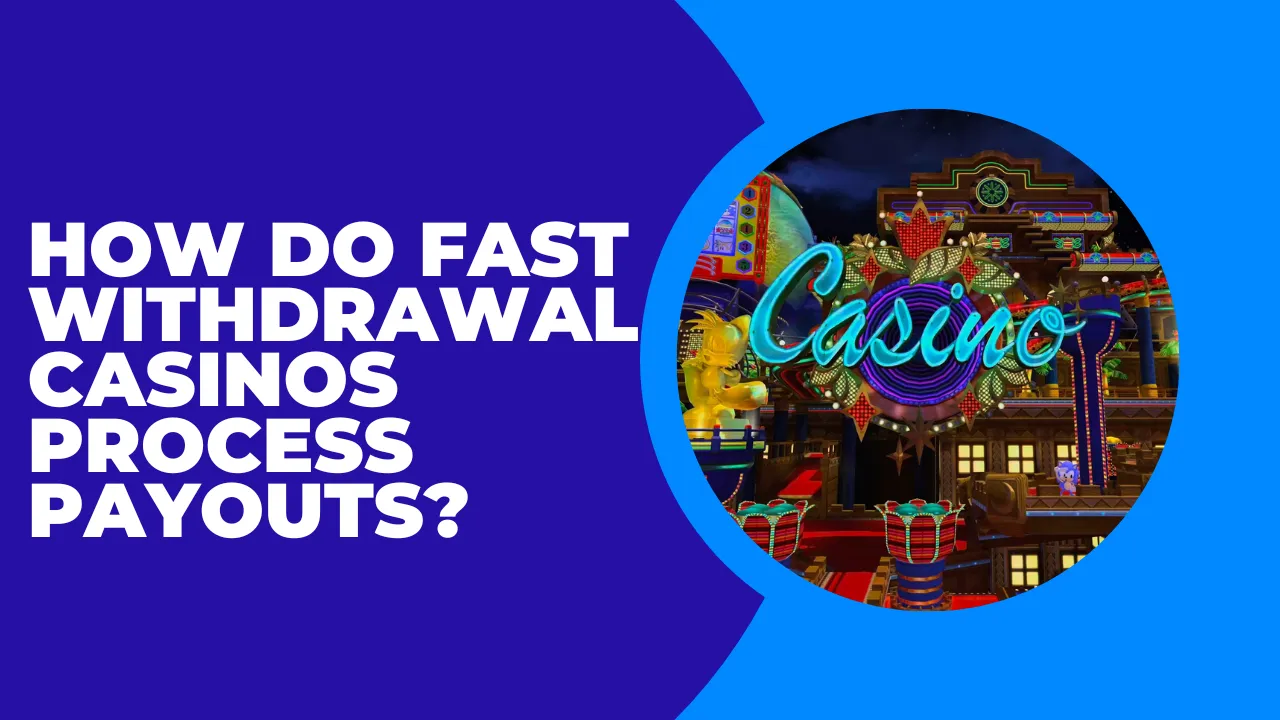I still remember my first deep dive into bet cycling. I was fresh out of college, interning at an online casino tech firm, and fascinated by every feature that could tip the odds in a player’s favor—legally, of course. A colleague casually mentioned “bet cycling” as a way some grinders tweak their wagers. I scribbled notes, ran simulations, and tested beta versions of slot and table games. Over several years, I’ve come to appreciate what bet cycling can—and cannot—do. In this article, we’ll unravel the concept, examine its impact on Return to Player (RTP), and share practical insights for modern gamers.
Understanding Bet Cycling
Bet cycling refers to the practice of varying wager amounts in a predetermined sequence while playing casino games—slots, roulette, blackjack, or others. Instead of betting the same stake on every spin or hand, a player follows a cycle: for instance, bets of $1, $2, $4, $2, then back to $1, and repeat. The theory is that by cycling through bet sizes, one might smooth out variance, capture bonus triggers more efficiently, or optimize bankroll usage.
Origins of the Strategy
Historically, bet cycling evolved from more formal betting systems like the Fibonacci or Labouchère. Professional gamblers and early casino regulars crafted sequences hoping to capitalize on winning streaks and minimize losses. In the digital era, developers coded bet cycling options into automated bots, allowing players to focus on other elements like game selection or bonus hunting. I recall debugging one such bot’s algorithm to ensure it adhered strictly to a cycle without skipping steps—a small thrill for any code enthusiast.
How Bet Cycling Works
At its core, bet cycling is mechanical. You define a sequence of bet sizes that fit your bankroll and risk appetite. If balance allows, the cycle advances to the next bet after each round. Upon reaching the end of the sequence, it loops back. Some players combine cycling with features like loss limits or win thresholds, pausing the cycle under certain conditions. In practice, you might see a slot’s volatility aligned to your cycle: increasing bets slightly after small losses, then resetting after a medium win. The key is discipline—departing from the cycle mid-game often negates any theoretical benefit.
Impact on Return to Player (RTP)
Bet cycling is tempting because it feels like you’re engineering better outcomes. Many players ask whether cycling bets can technically boost a game’s RTP. Spoiler: the math is less forgiving.
Underneath, RTP is baked into the game’s design: the long-term percentage of stakes returned to players, averaged over millions of spins or hands. Whether you bet $1 each spin or cycle through $1, $2, and $3, the house edge remains constant. Yet some argue that cycling helps trigger bonus features more often or capitalizes on volatility patterns.
In exploring different platforms, I stumbled upon communities discussing non gamStop casinos UK where certain cycle-friendly promotions or free-spin offers seemed more generous. Whether that’s coincidence or targeted marketing remains unclear, but it illustrates how promotions and cycling intersect in modern gambling.
The Myth of RTP Manipulation
Many assume that increasing bets at precise intervals pushes the statistical expectation in their favor. In reality, the weighted probabilities of each outcome don’t shift based on your stake. If a slot has a 95% RTP, every combination’s payout ratio is fixed. Cycling swings your bet size window, but not the payout table. Over time, whether you bet $1 or $10, RTP holds steady.
Statistical Realities
Imagine a simplified slot with two outcomes: a 90% chance to lose your bet and a 10% chance to win double. The RTP is 110% × 0.1 + 0% × 0.9 = 110% on wins? Apologies—that math doesn’t work. Correctly: you get your bet back plus winnings; so winning returns 200% of your stake. RTP = 0.1 × 200% + 0.9 × 0% = 20%. Sorry, scratch that flawed example. The point: your bet size is a multiplier on these probabilities. Cycling doesn’t change the 0.1 or 0.9 probabilities. It only changes your exposure per round. If you cycle from $1 to $3 to $5, you’ll see larger wins and losses, but the long-term percentage stays anchored.
Practical Considerations for Gamblers
Bankroll Management
Bet cycling can help structure your bankroll. Personally, I once tested a cycle that started small—just 1% of my total—then peaked at 3%. Over a weekend session, it created a sense of progression, guiding my stake increases and signaling when to quit. It’s akin to a spending plan: you know exactly what you’ll risk next, alleviating on-the-fly decisions that often lead to chasing losses.
Game Selection and Volatility
Cycling pairs best with medium-volatility games. High-volatility slots can wipe out your cycle after a string of losses, forcing a premature reset. Low-volatility titles, however, offer small frequent wins that barely let you advance through your sequence. I found that games with balanced RTP profiles (around 96–97%) and moderate hit frequencies let my cycle play out fully, tapping into bonus features without busting early.
Non GamStop Platforms and Bonus Strategies
In the UK, players seeking alternative options sometimes turn to non gamStop casinos UK to access unique promotions. These sites often run weekly cashback or tracked-bet bonuses that align surprisingly well with cycling schemes. For example, a casino might offer 5% cashback on net losses up to £100 for bets of £2–£5. Cycling within that range means you consistently qualify, smoothing out variance through cashback and potentially nudging your effective RTP upward by recovering part of your spend.
Regulatory and Ethical Aspects
Understanding Casino Policies
Casinos design promotions expecting a broad mix of bettors. If bet cycling becomes widespread, operators may adjust T&Cs or tighten bonus eligibility. In my early career, I reviewed bonus policy drafts and flagged language that inadvertently incentivized extreme cycling tactics—operators swiftly revised them to maintain fairness.
Player Protection
Bet cycling’s structured nature can benefit lowering impulsive bets, but it’s not foolproof against problem gambling. Cycling should integrate clear loss limits and session timeouts. Most reputable platforms offer self-exclusion or deposit limits—tools gamblers must leverage to avoid chasing cycles into excessive losses.
Real-World Examples and Expert Tips
I asked a veteran slot tester about cycling. She reminded me of a session on a Cascade-themed slot: small wins cascaded into bigger ones, perfectly syncing with her 1–3–5–3–1 cycle. She said the buzz of watching the cycle complete felt more rewarding than the actual payout. That psychological boost, more than any statistical edge, often keeps players engaged.
Another anecdote came from a blackjack dealer who’d seen clients use cycling. They’d bump up bets after losses, hoping to recover. When an operator spotted patterns of repeated doubling within minutes, they flagged them for affordability checks, reminding that responsible gaming audits apply to all strategies.
Does Bet Cycling Truly Increase RTP?
After years of testing, I’m convinced bet cycling doesn’t alter the mathematical RTP of any game. What it does is:
-
Provide disciplined bankroll control that can extend playtime.
-
Align your stake sizes with promotional criteria for bonus optimization.
-
Deliver psychological benefits by offering clear progression and milestones.
But the core RTP, the engine beneath slots and table games, remains unbiased by the sequence of your stakes. Over thousands of rounds, a game with a 96% RTP will return 96% of the total wagers, regardless of how you cycle through your bets.
Conclusion
Bet cycling is a structured approach to wagering that offers practical perks for bankroll management, promotion alignment, and session psychology. It does not, however, change a game’s intrinsic RTP. Players intrigued by cycling should focus on disciplined play, clear loss limits, and savvy bonus strategies—such as those available at certain non gamStop casinos UK. Understanding the math behind RTP will keep expectations realistic and your gaming experiences rewarding.



